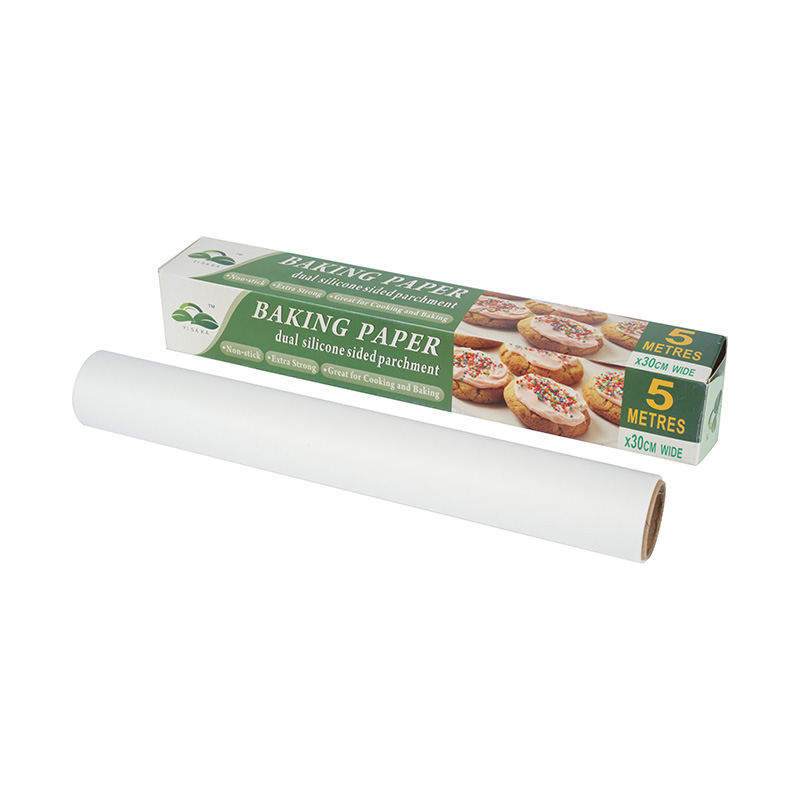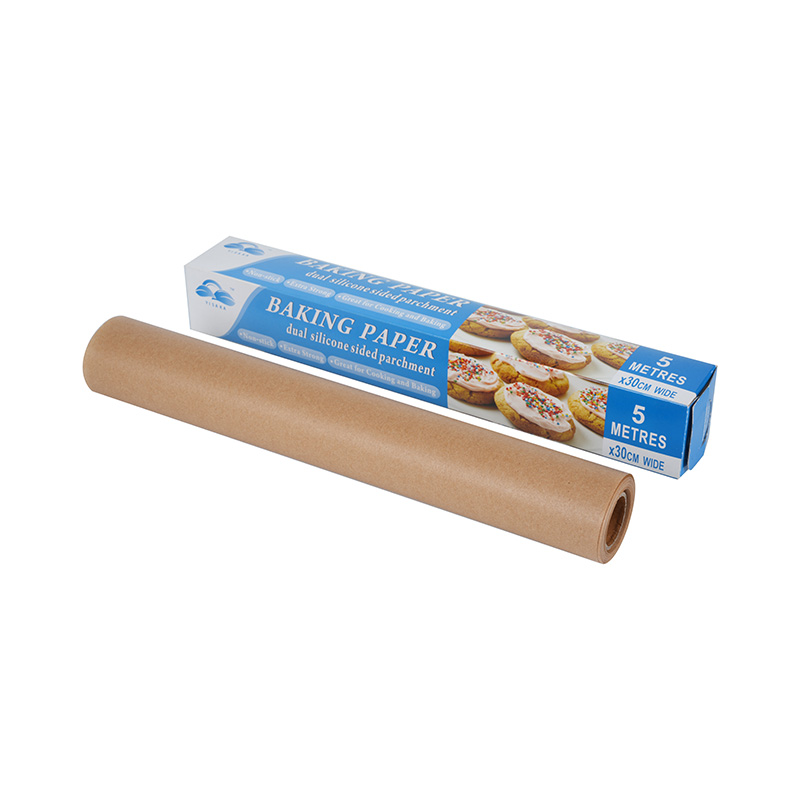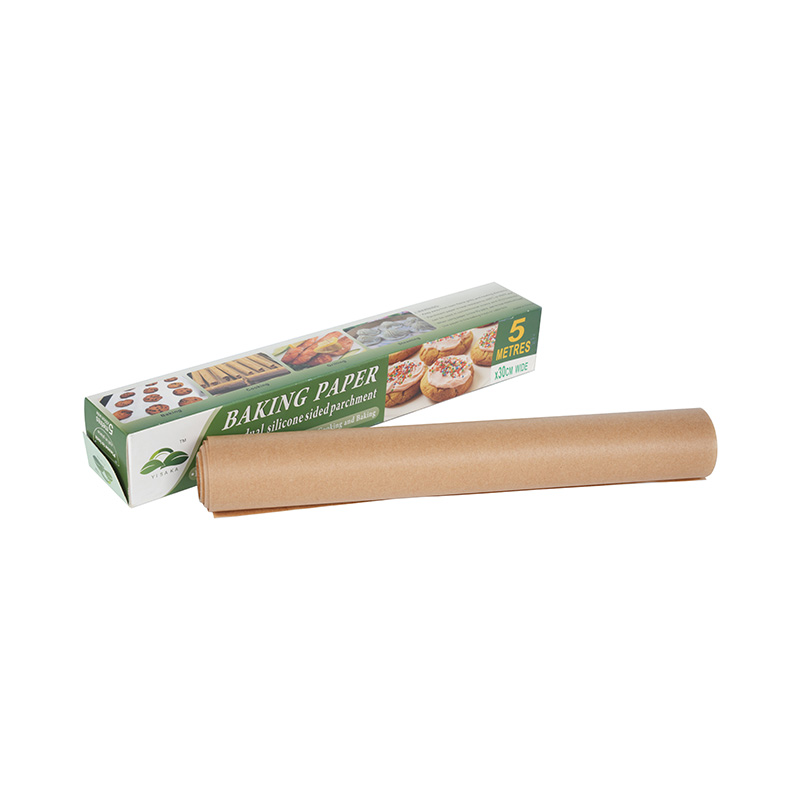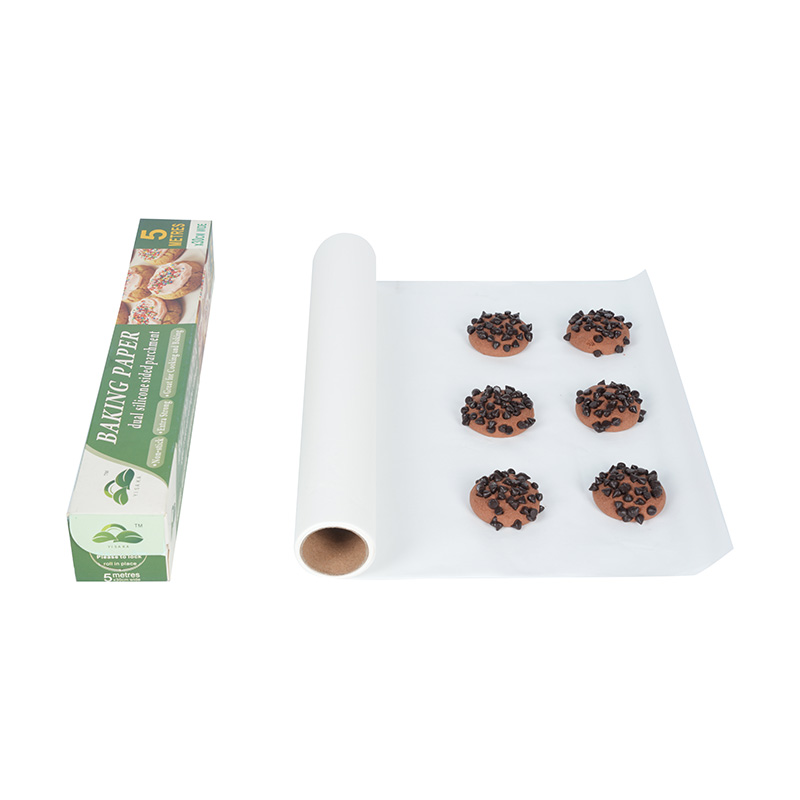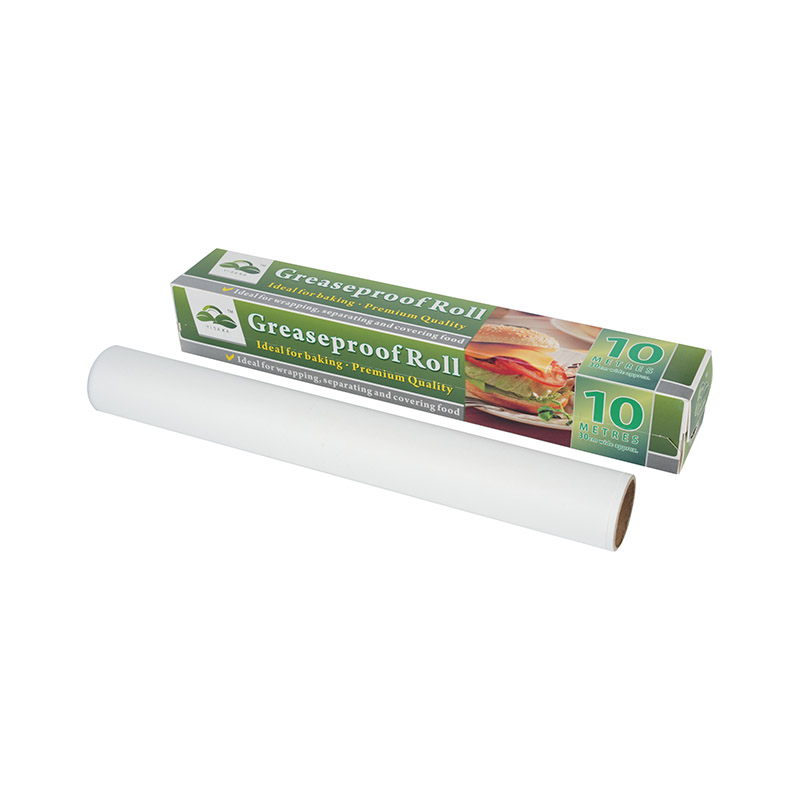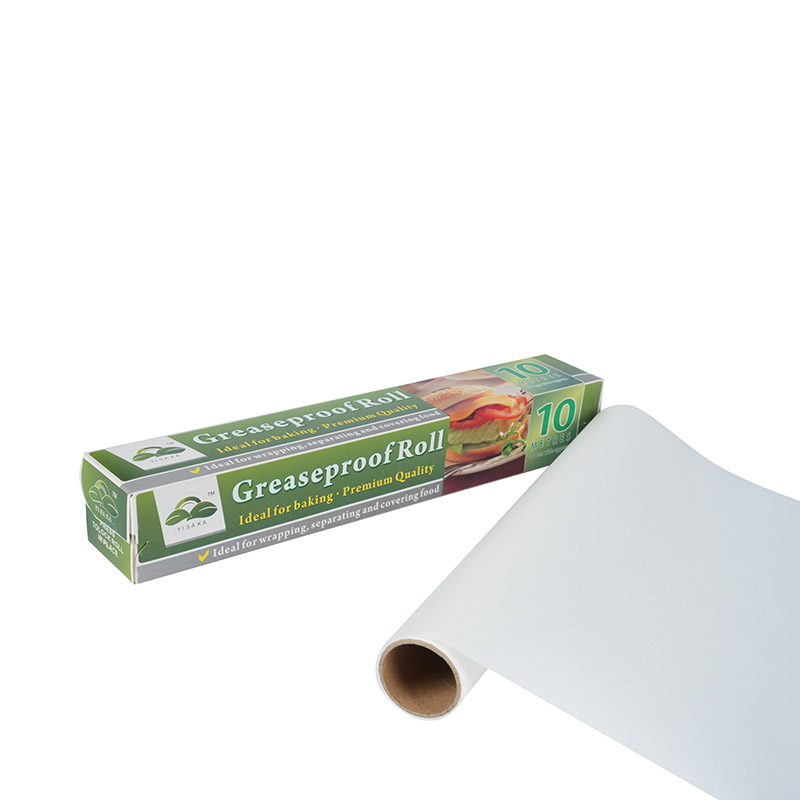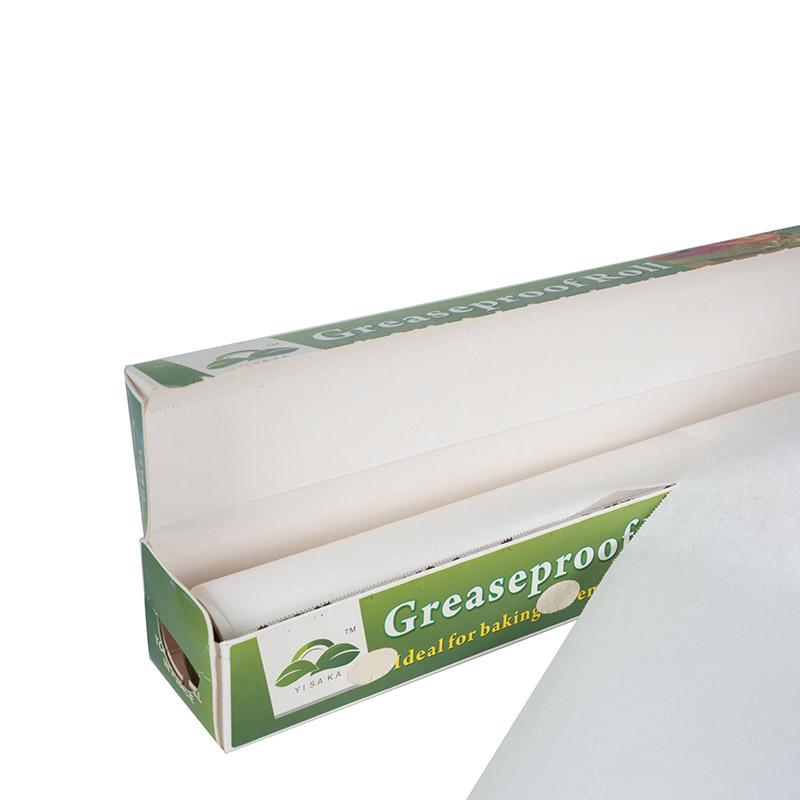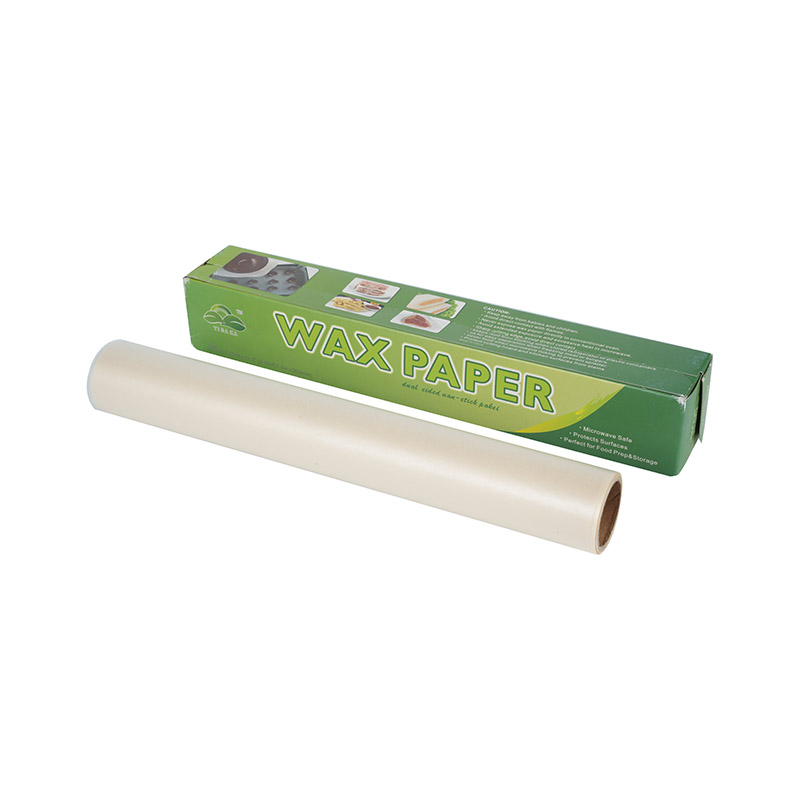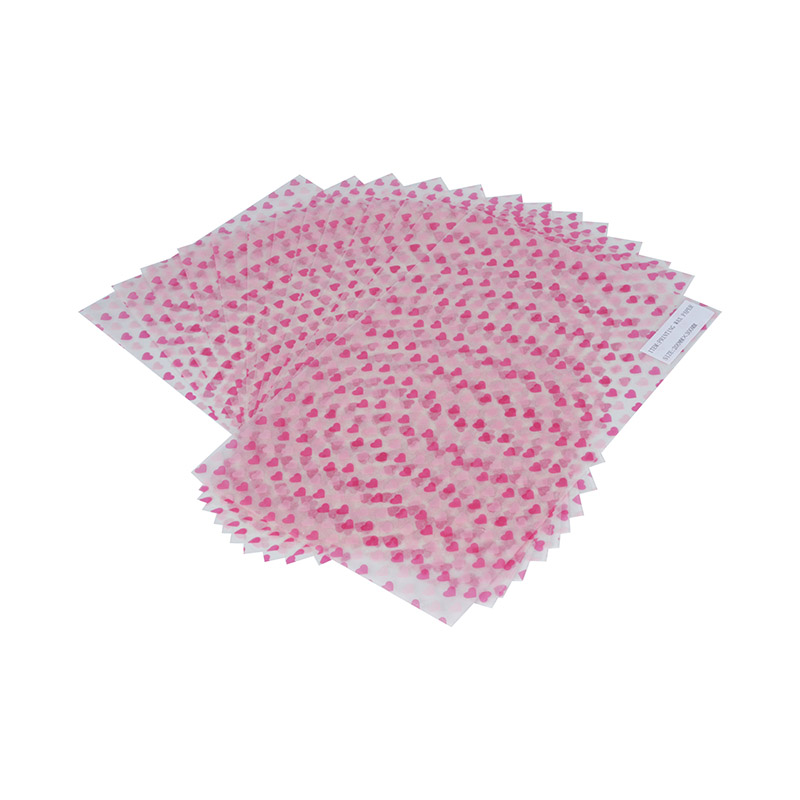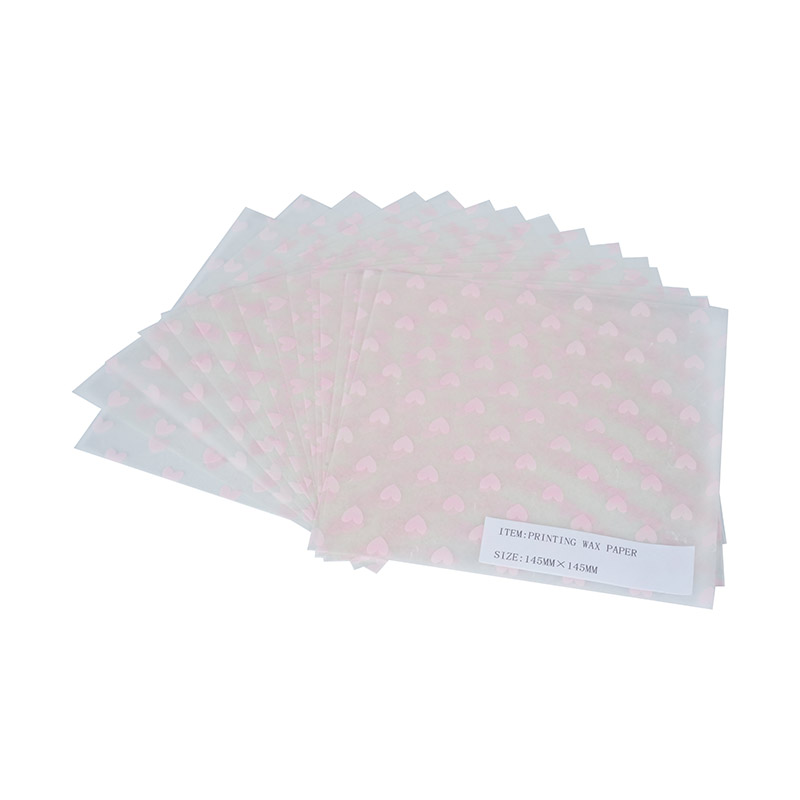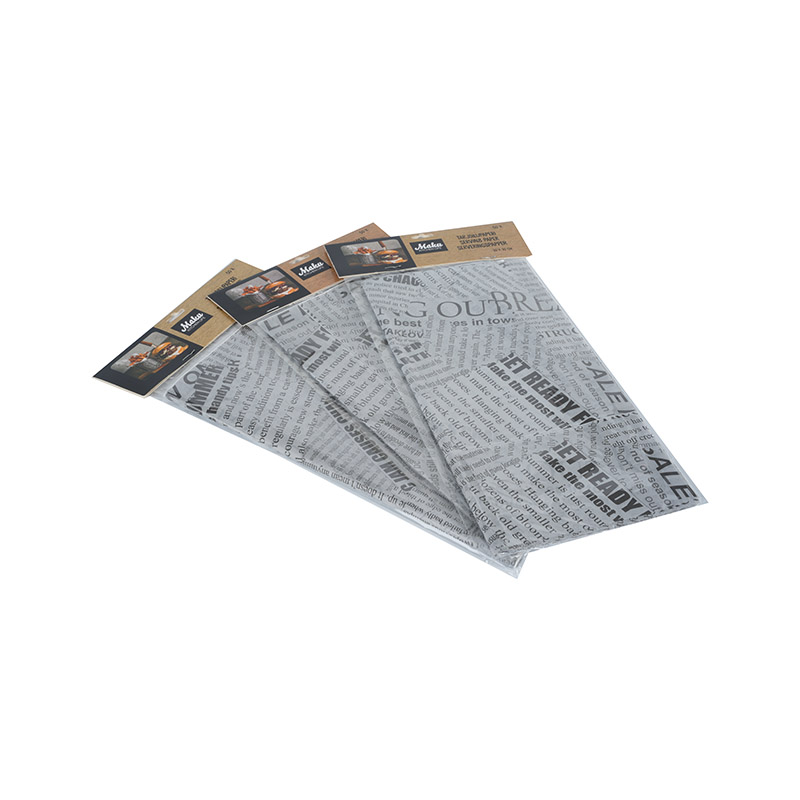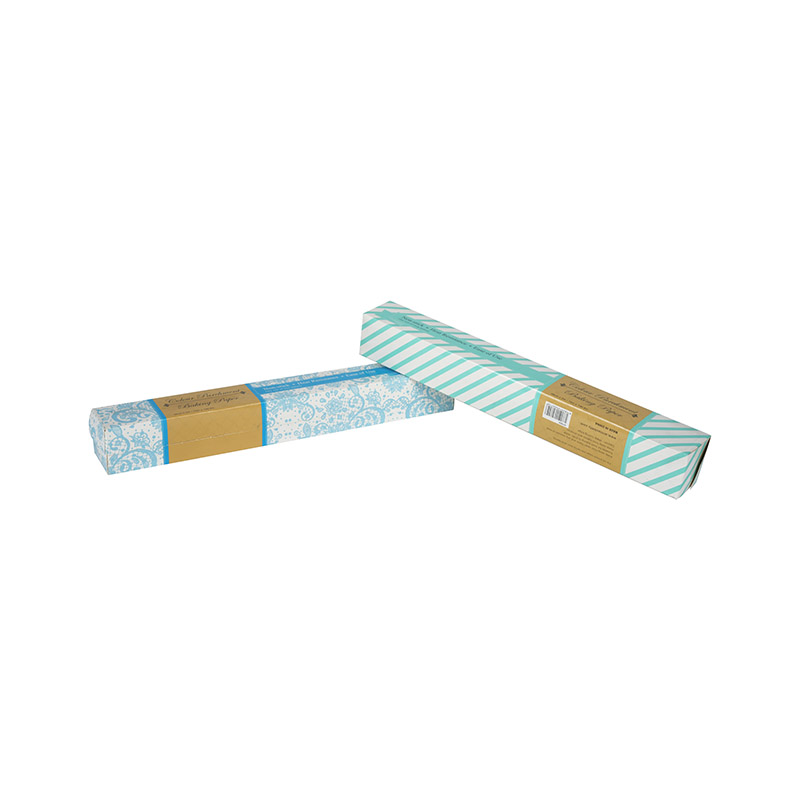More than just a discarded piece of litter, the candy wrapper is a powerful, multi-functional product—a miniature canvas that plays a pivotal role in the journey from confectioner to consumer. It’s a silent guardian, a marketing marvel, and a nostalgic artifact all rolled into one deceptively simple package.
The history of confectionery packaging reveals that the primary function of the wrapper has always been protection. In the early 19th century, when candy was sold loose, it was exposed to dirt, moisture, and germs. The move to wrapping individual pieces, initially with simple paper or wax paper, was a crucial public health and preservation measure. Today, modern candy wrappers are engineered masterpieces, often employing laminated films, foil, or metallized plastics. These materials provide a superior barrier against light, oxygen, and moisture, significantly extending the product's shelf life and ensuring the sweet inside tastes exactly as intended. The "dead-fold" properties of some wrappers, particularly foil-backed paper, are essential for hard candies and chocolates, allowing the material to be tightly twisted or folded and stay securely closed.
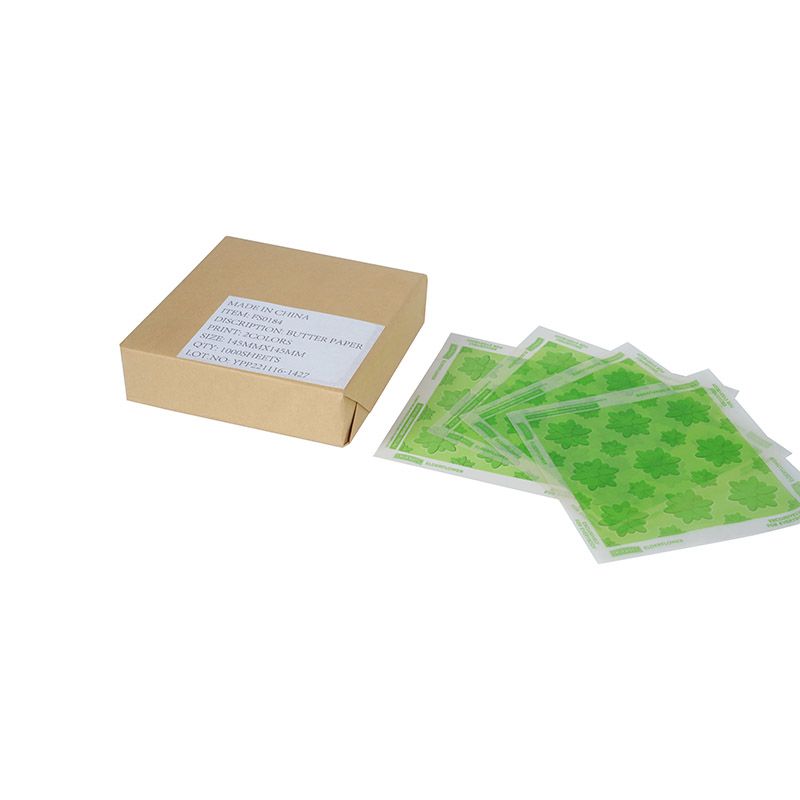
Beyond functionality, the candy wrapper is the product's first and most critical marketing tool. In a crowded store aisle, the design must instantly capture a consumer’s attention. Bright, bold colors like the iconic blues, reds, and yellows of classic brands are chosen not by accident, but for their psychological impact and visibility. Typography, logos, and even the texture of the wrapper contribute to the overall brand identity. For children, playful characters and engaging graphics are often the deciding factors. For gourmet or craft chocolates, the wrapper might convey a sense of elegance or origin through muted colors, high-quality paper, embossing, or artistic illustrations, telling the story of the cocoa beans.
In recent decades, the evolution of candy wrappers has been heavily influenced by a shift towards sustainability. With growing environmental consciousness, many manufacturers are moving away from traditional single-use plastic and exploring eco-friendly alternatives. Biodegradable polymers, compostable films, and fully recyclable paper are emerging as the materials of the future, balancing the need for product protection with a reduced environmental footprint.
Ultimately, the candy wrapper holds a unique place in popular culture. It's a key ingredient in brand recognition, an essential shield for food safety, and a powerful trigger for nostalgia. Whether crumpled in a pocket, smoothed out in a collector's album, or carefully opened to reveal a beloved treat, this unassuming piece of packaging is a brilliant convergence of chemistry, engineering, and design.


 English
English русский
русский